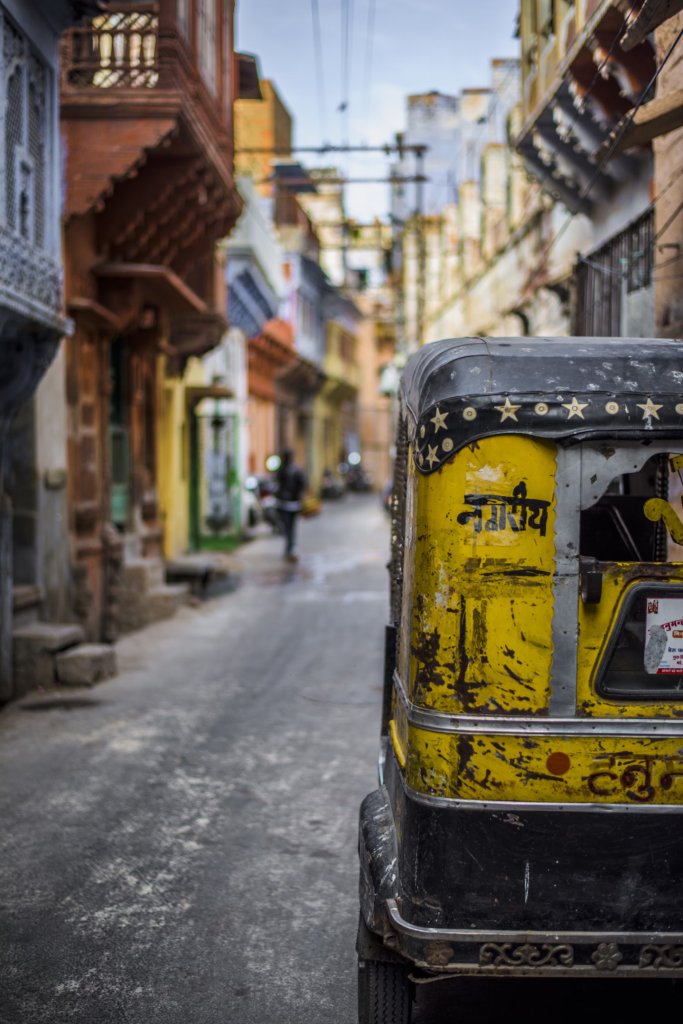
India, a land of vibrant cultures and diverse ethnicities, boasts a linguistic tapestry as rich and intricate as its history. With hundreds of languages spoken across the subcontinent, choosing just five as “main” presents a unique challenge. However, considering factors like historical significance, literary contribution, and number of native speakers, here’s a glimpse into five major languages that shape the Indian identity:
- Hindi: Often mistaken as India’s national language, Hindi holds the title of being the most spoken language in the country. Belonging to the Indo-Aryan family, it’s primarily spoken in North and Central India, serving as a unifying thread for diverse communities. From Bollywood films to official government documents, Hindi’s influence extends far beyond its geographical reach.
- Bengali: Echoing across the vibrant streets of West Bengal and parts of Bangladesh, Bengali is a melody in itself. Renowned for its rich literary tradition, it boasts literary giants like Rabindranath Tagore and Kazi Nazrul Islam. With its unique script and lyrical cadence, Bengali adds a distinct flavor to India’s cultural landscape.
- Tamil: A Dravidian language spoken primarily in South India, Tamil stands as a symbol of an ancient and independent linguistic heritage. Its literary tradition dates back over 2,000 years, boasting epics like “Silappadhikaram” and “Tirukkural.” From Carnatic music to contemporary cinema, Tamil continues to evolve, preserving its unique identity while embracing modern influences.
- Telugu: Spoken in Telangana and Andhra Pradesh, Telugu is another major Dravidian language with a rich literary and cultural heritage. Its ancient inscriptions and classical poems speak volumes of its historical significance. Telugu cinema enjoys immense popularity, showcasing the language’s vibrancy and versatility beyond its regional borders.
- Marathi: With its characteristic sweetness and rhythmic flow, Marathi fills the vibrant state of Maharashtra with its unique charm. This Indo-Aryan language boasts a rich literary tradition and a thriving theater scene. From the powerful poems of Tukaram to the contemporary works of contemporary authors, Marathi continues to be a vital force in Indian literature.
Beyond the Five:
It’s important to remember that these five languages represent just a fraction of India’s linguistic diversity. Languages like Kannada, Malayalam, Punjabi, Gujarati, and Urdu each contribute significantly to the nation’s cultural richness. Recognizing and appreciating this diversity is crucial to understanding the true essence of India.
Exploring Further:
This article merely scratches the surface of India’s linguistic landscape. If you’re curious to delve deeper, consider exploring:
- Regional literature translated into English to experience the distinct flavors of each language.
- Indian films showcasing the beauty and diversity of languages spoken across the country.
- Language learning resources to gain firsthand appreciation for the intricacies of these rich languages.
Remember, each language is a window into a unique cultural perspective. By appreciating their diversity, we gain a deeper understanding of the vibrant tapestry that is India.

Leave a Reply